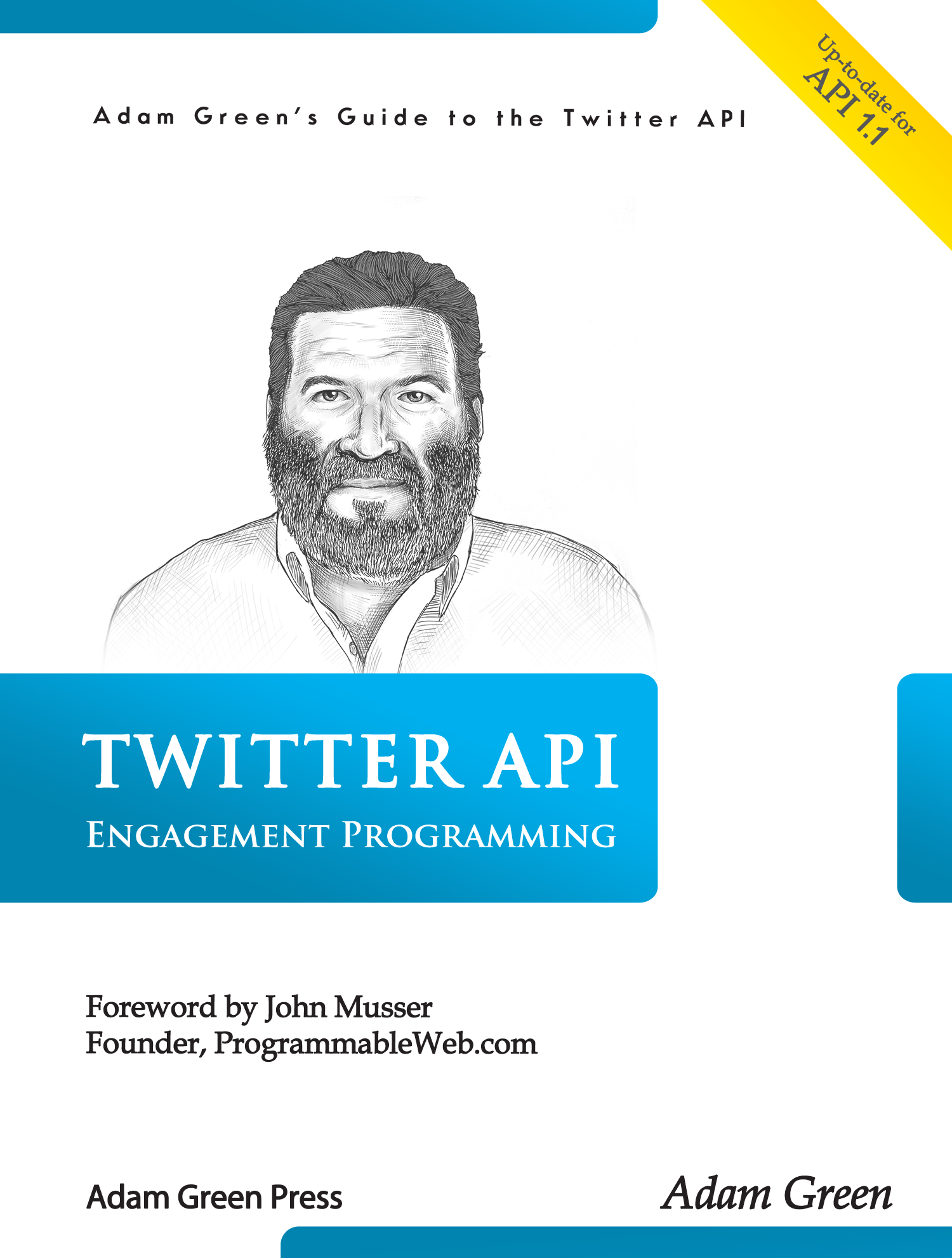Part of the education process that a Twitter consultant has to do with a new client is explaining that a Twitter app is not the same thing as a typical website. Web pages that are built on the Twitter API have to be monitored constantly, and the code has to be tweaked often. This is different from a brochure website with static pages, or even a website with new content being added through a CSM like WordPress.
The Twitter API is constantly evolving, which is a polite way of saying that it isn’t done yet, and may never be done. New features are always being added that will break your API code, such as the conversion to OAuth. Twitter HQ does a good job of warning people that changes are on their way, but they make no promises of backwards compatibility. Change happens, and it isn’t always pretty. Twitter still faces scaling challenges, and this means that API failures are still and probably will always be a fact of life.
With these issues in mind, I always try to build continual monitoring and priority upgrades into any consulting agreement. Clients have to realize that even the best written Twitter system will fail at times, and if they want to present a quality experience to their users they need to have someone watching for problems and upgrading the code in advance of any API “improvements.”
Twitter consultants who want to build it and forget it will leave a trail of unhappy clients behind.








